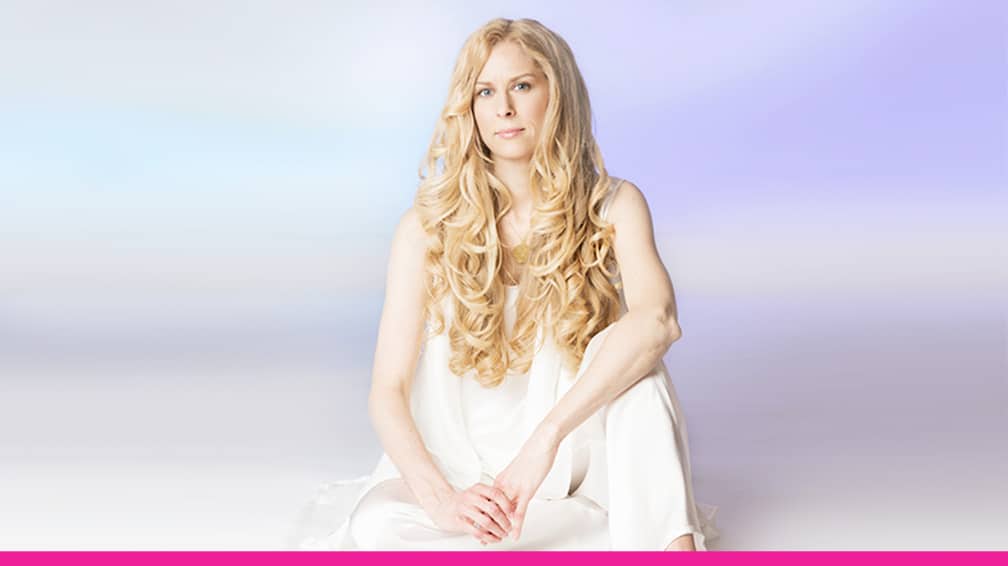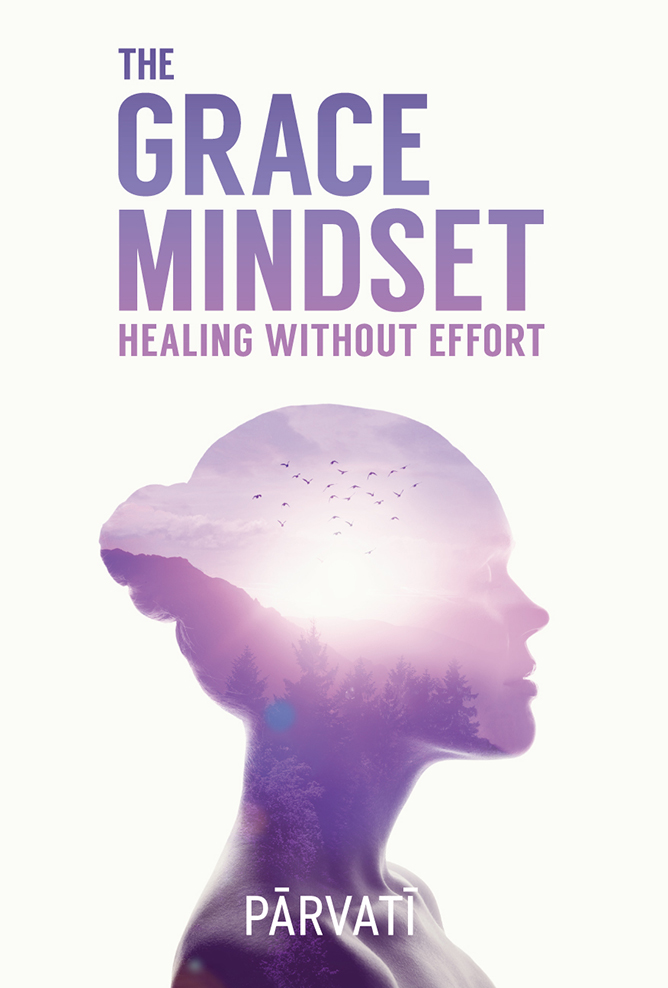What You See Is What You Get. What Are You Choosing to See?
Last week, we were looking at the amazing gift of co-creation. I recently had an experience that reminded me how essential it is that we understand this innate human power—as well as how our perceptions affect it.
I was conversing with a group of friends who are all committed to personal and spiritual growth and the protection of Nature. Yet, the discussion became tense around the topic of co-creation, particularly when someone brought up working with a realized master. Another person in the group did not see how following the direction of a spiritual master could be co-creative. To him, it seemed militant, as though the master was issuing orders for others to obey. Yet, from my experience, the spiritual master we were speaking about was anything but a dictator. The idea was so dissonant with my core that I said the metaphor felt like calling a flower an oppressive leader.
Struck by the disparity in perceptions, I was reminded how what we perceive is always coloured by our personalities and experiences. Because of this, our differing perceptions influence our ability to co-create.
From a spiritual perspective, our perceptions are limited by our attachments to our past and our projections into the future. The way each person responds to a situation is unique. No two siblings, for example, would have had the identical experience of the same two parents. Each one of us is born into this world with tendencies and preconceptions that we then overlay onto how we see each moment.
Upon these perceptions, our sense of self grows. We learn to individuate. We strengthen our divided sense of self, as we believe we must in order to survive. Society supports this understanding of who we are. Our classrooms encourage our opinions and convictions so that we can eventually bring them into our boardrooms to gain money, things and status. But when we act from an inner identification with separateness, the seeming rewards that come our way are temporary and only boost that sense of divisiveness, justifying who we think ourselves to be. Because we are acting from a place of disconnection, we cannot tap into the source of infinite joy to experience lasting bliss. At an unconscious level, we have come to believe the divided sense of self is all we are.
In this belief, we perceive the world through the lens of the impossibilities. Where the positive possibilities are rooted in love, compassion and presence, the impossibilities bring greater tension and struggle. Attached to a sense of “me” and “mine”, we think, act and feel in a way that is disconnected from the love that always is. Consciously or unconsciously, we are deeply lonely and afraid because at our core, we perceive the events of our lives—and perhaps the universe itself—as against us.
Because our ability to co-create is so strongly colored by our perceptions, the statement “what you see is what you get” takes on a whole new meaning. The perception of disconnect from love develops momentum. We consciously or unconsciously try to prove the disconnect real, which furthers it. In our fear, we may feel a reactive need to dominate and control, or to lie down and play the victim. The impossibilities give rise to and perpetuate painful emotions such as judgment, loneliness, guilt and shame. This discord can lead to inner anguish and disease, which in turn lead to external conflict, pollution and scarcity.
This is literally an impossible situation: a lose-lose. As we continue to perceive the moment and all it contains through the lens of the impossibilities, we feed pain in ourselves and in the world, until we understand that there is another way.
That other way is spiritual awakening. It has been with us all along. We have always been one with pure consciousness, unconditional love—we simply have fallen asleep and forgotten. We were one with pure consciousness as we entered form and came into a human body. But as our egos grew, so did a separate sense of “me”. We moved away from feeling one with love, the fabric of all life. We grew into a dual reality of “light and dark”, “me and you”. We came to believe we must cultivate a divided sense of self in order to feel that we have some control over our environment, which we perceived as antagonistic. As such, we amplified a reality of againstness, and deepened that tendency within ourselves. Yet a deeper reality of unity, love and interconnection had been present all along. The positive possibilities always exist, despite any painful reality we may have perceived and chosen.
Last week we looked at the example of a driver, one who chooses either to serve the highest good or to be a destructive force to all he encounters. But an unconscious or intoxicated driver who does not wake up to the reality of his choices will face increasingly serious consequences, from minor crashes to fatal accidents. Everyone understands this entropy. It is the same principle as that of a student who stops doing her homework. After one day, she would have to catch up a little. After a couple of weeks, she would be far behind and only a sincere effort would make catching up possible. Eventually, she would fail the class or get expelled from the school.
If we continue to adamantly insist on living in the impossibilities, the unconditionally loving universe will at first gently, but eventually sternly show us that our choices are causing suffering to all. A traumatic event like a heart attack, job loss or divorce can shake us awake to the reality that we have not been living in alignment with our highest purpose, and therefore not been co-creating in healthy, soulful ways. Our current humanitarian and ecological crises are like this for all of us. They are a fiercely compassionate wake-up call from Mother Nature herself, showing us the painful consequences of our disconnected choices.
When we are faced with frustration or disaster at any level as a result of our distorted perceptions, we eventually ask ourselves, “Is this really all there is?” Then a crack opens in what we thought was reality. We begin to see beyond the divided sense of self that has been limiting our ability to grow. We come to understand that disconnection is the cause of all suffering, not just in ourselves, but in all life.
Once we recognize that the idea of separateness is an illusion rooted in impossibilities, it starts to lose its appeal. Our attachments to divisive thinking diminish. We no longer need to see through this distorted lens, as we know it only brings discord and unhappiness. Now open to a new reality, we take wise and compassionate action, rooted in our true capacity for co-creation. In this, we discover a world of possibilities.
As I considered my situation, I came to understand that the conversation I had with friends became tense because we did not all see co-creation in the same depth and power. When we are no longer limited by the divisive perception of impossibilities, even at a subtle level, the magnificence of true co-creation expands before us.
But I will save exploring that for next week, as this series on co-creation concludes with the powerful ways we can choose to co-create in each moment for a life of extraordinary joy.








